7 Points to Know about USCIS’ New 2020 Fee Requirements
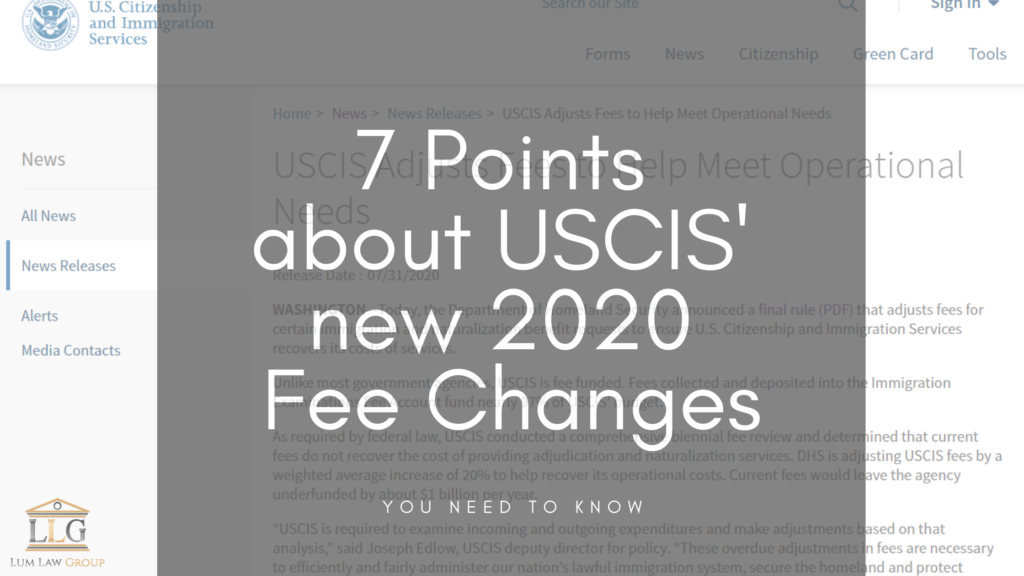
On July 31, 2020, the United States Citizenship & Immigration Services (USCIS) released the final rule regarding their proposed changes to immigration benefits and their associated fees. While many news agencies have highlighted the increased costs in fees, and many non-profits have highlighted how asylum applicants would have to pay a fee, the actual rule […]
How has Coronavirus affected U.S. immigration?
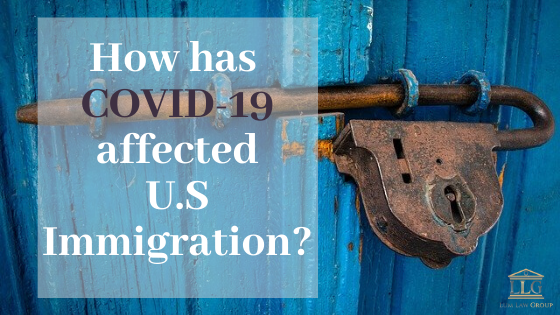
The COVID-19 pandemic has resulted in a halt in our daily lives, and significant (temporary) changes to the U.S. immigration system. In this article, we have compiled coronavirus related immigration changes by category, or circumstance. However, we do not go into specifics as it would depend on your individual situation and would require our attorneys’ […]
Who and what is exempt from the new Public Charge rule?

On Monday, February 24, 2020, the new United States Citizenship and Immigration Services (USCIS) Public Charge rule goes into effect. While we’ve written about it in-depth before, we would like to assure our readers which services and benefits are exempt from the rule, and who the rule does not affect. This article serves to clearly […]
Immigration and the Internet

Immigration and the Internet We live in interesting times. Our current government appears to be stressing preventing people from abusing our immigration system over helping people to legitimately immigrate, or even visit. As such, people planning on coming to the United States, and visitors and green card holders here in the United States must be […]
Telling your story in your immigration application or petition

Storytelling might not be the first thing that comes to mind when planning your immigrant or non immigrant benefit application or petition, but it is worth considering. The United States Citizenship & Immigration Services (USCIS) forms request a great number of facts while leaving little room for explanation. As such, many self-applicants may believe they […]
4 Common Mistakes On Immigration Applications and Petitions

Immigration clients often come to us with botched cases. Either they tried to do it themselves and failed, or they hired a less-than-reliable paralegal office that mishandled their case. Some mistakes are made even in our care. Here are the four most common immigration application/petition mistakes we hope you’ll avoid. Submitting an incomplete or erroneous […]
7 Most Frequently Asked Questions about the EB-5 Visa

With the upcoming EB-5 investor visa changes underway, many clients have been asking about the EB-5 visa. If you’re interested, we encourage you to apply for the EB-5 investor program before November 21, 2019. By applying before the deadline, you can take advantage of current investment thresholds ($1 million, $500,000). If you reach the end […]
What is the New Healthcare Ban and how can it affect my immigration case?

Starting November 3rd, 2019, the new “Healthcare Ban” will affect incoming lawful immigrants. This ban is similar to the travel ban in that the same Immigration Nationality Act section that upheld the travel ban also serves as the basis for the Healthcare Ban. The President announced that the influx of incoming immigrants without access to […]
What Can an Immigration Lawyer Do for Me? How Can an Immigration Attorney Help me?

In reading our online articles, you might think we’re suggesting you don’t need a lawyer for your immigration case. After all, we tell you about the USCIS online services, we discuss new immigration policy changes, and we even explain how to prove your case. But this is not our intention. We do believe our services […]
3 Changes to the 2019 EB-5 Program You Need to Know

On July 23, 2019, the United States Citizenship and Immigration Services (USCIS) released the long-awaited update to the EB-5 investor program, the new EB-5 investor program modernization rules (“new rules”). The new rules will go into effect beginning November 21, 2019, if Congress extends the program past the current expiration date of September 30, 2019. […]
Undocumented and Deportable: How to Prepare
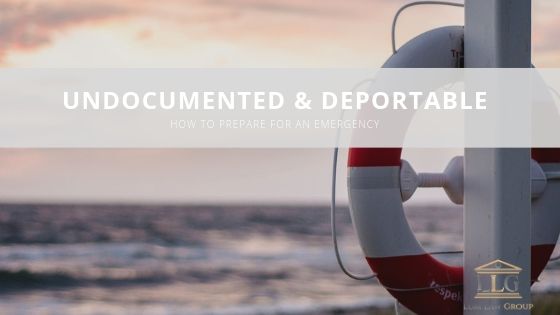
Amid recent news on an increase in Immigration & Citizenship Enforcement (ICE) raids, many may worry about detainment. While California is immigrant-friendly, it doesn’t mean law enforcement won’t turn you over to ICE. It also does not prevent federal agents from taking you into custody. If you’re undocumented and worry you might be detained or […]
What does it mean to “sponsor” an immigrant with an Affidavit of Support?

In applying for legal immigration status, there are so many forms and formalities that are necessary that we often get in the habit of just verifying basic information and signing on the dotted line. However, if you’ve been asked to “sponsor” someone, whether a family member, distant relative, or community member, you should know what […]
Should I be worried about Social Security Administration’s “No Match” Letter?

Starting March 2019, the Social Security Administration (SSA) has been sending out letters demanding employers to correct a discrepancy between names and social security numbers. This letter is called a “No Match letter” for short. These “Employer Correction Request Notices” (ECRN) were common before 2012. Under the “Buy American, Hire American” directive, the SSA has […]
What Should I Bring to My Marriage-based Immigration Interview?
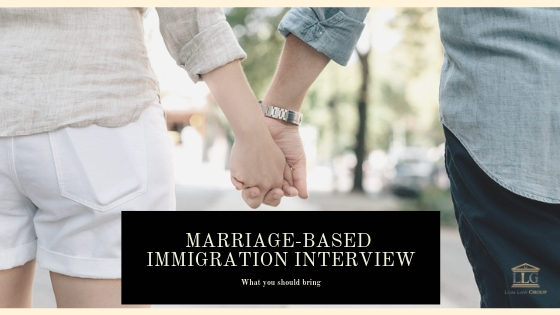
Previously, we wrote about how to prepare for your marriage-based green card beginning from the moment you decide to marry your partner. The question of what should be brought to your marriage-based immigration interview for I-130 Petition for Alien Relative, I-485 Application for Adjustment of Status, and I-751 Application to Remove Conditions of Permanent Residence […]
Satisfying the One Year Abroad Requirement for L-1 Employment Visa
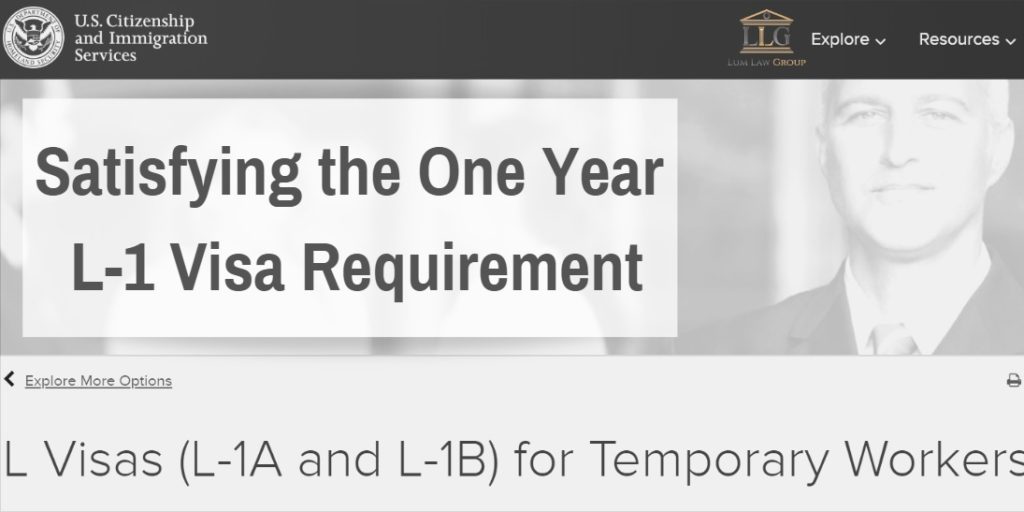
In November 2018, the United States Citizenship and Immigration Services (USCIS) issued a policy memorandum on satisfying the one year abroad requirement for L-1 visa beneficiaries. This policy memorandum is internal to the agency and cannot be used to justify a beneficiary’s qualification for L-1 visa (L-1A and L-1B Temporary Intracompany Transferee). Regardless, the policy […]
How to Prove Extreme and Unusual Hardship

Many of our clients are aware that they need, or will need, a I-601 or I-601A waiver in order to re-enter or apply for a green card in the U.S. Most hardship waivers and relief require proof of “extreme and unusual hardship” to qualify. Many of our clients feel that they meet the requirements. So […]
5 Things to Know about Sessions’ Recent Asylum Decision re: Domestic and Gang Violence

We have been carefully following Attorney General Jeffrey Sessions’ review of the domestic violence asylum case (Matter of A-R-C-G-, 26 I&N Dec. 338 (BIA 2014)), which he overturned on June 11, 2018. While our previous post on Sessions’ asylum decision was rather detailed, this post will outline the top five things you need to know […]
Should I file my USCIS immigration application online?
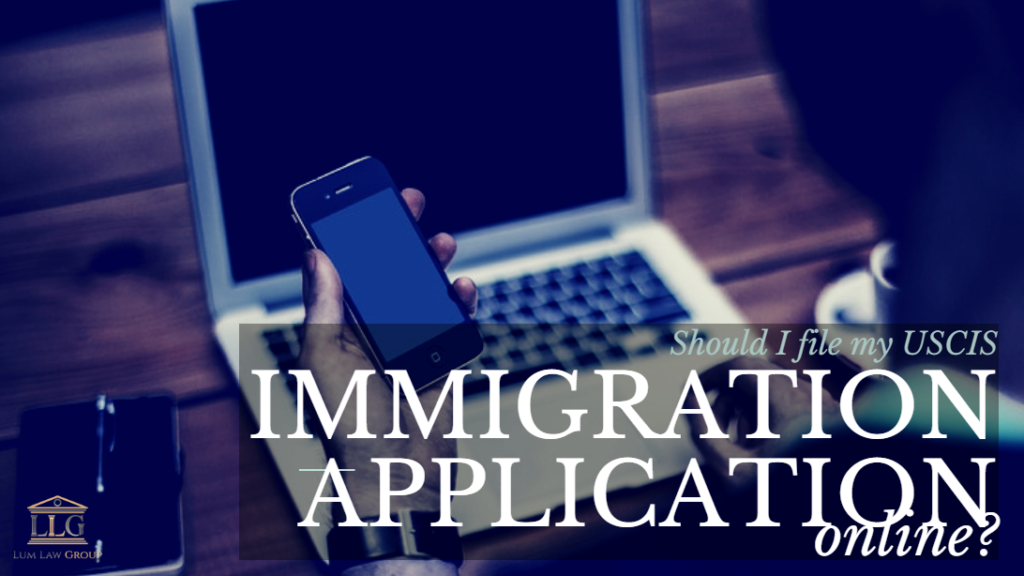
The United States Citizenship and Immigration Services (USCIS) online form processing system is designed for existing lawful permanent residents for quick and easy processing, such as renewing or replacing their green cards, applying for a travel document, or naturalization. As USCIS has begun modernizing their website and systems, even releasing a mobile application, we wondered […]
How to Check your USCIS Case Processing Times
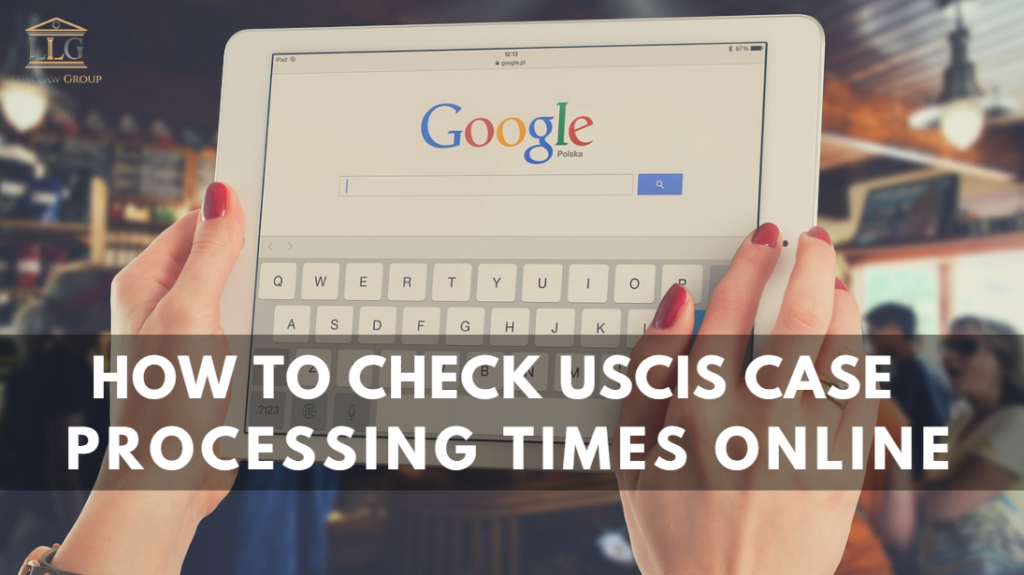
One of the most common questions we receive in the office is “when will my form be processed?” Or when can I expect to be approved? When will I receive ________? While we can give you an estimate based on United States Citizenship and Immigration Services (USCIS) processing times and our experience with other clients, […]
Want to get Naturalized? Here’s what you need to know…

In line with recent trends, our office has received more inquiries regarding naturalization, with more and more people realizing that they are safer as U.S. citizens than permanent residents. Note: We estimate the naturalization process to take about a year, given USCIS 700,000+ processing backlog. The process of applying for Naturalization is as follows: Check […]

